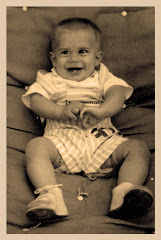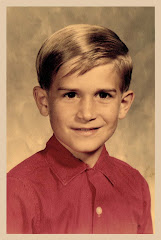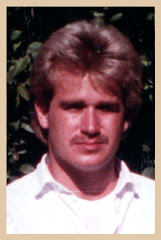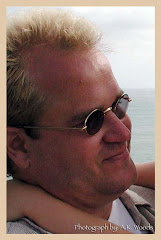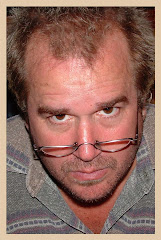
As I stand at the cusp of a new decade, I am poised to make another major shift in my career, education, and artistic endeavors. As I set new goals for the next decade, I am reminded of lessons learned in the past about the difference between awards and rewards.
Upon completion of my college education I received many awards for my work in film. As always, I was surprised by the recognition (in no small part due to the fact my friend and editor James Jordan entered my films in contests without my knowledge--obviously, I was very grateful). (see youtube links: "Oh, What a Pretty Web" Part 1, & Part 2)
But the truth is, I had already moved on to other endeavors and was working for Disney Studios in Burbank. I was flattered of course by the awards, but acknowledge that my real motivation was never about seeking personal recognition. Instead, it was one of artistic exploration--which is rewarding in itself. Indeed, in my experience, every project created for personal recognition somehow fell short of the numinous reward.
Today, as my awards gather dust, my fond memories do not. Moreover, though I left "Hollywood," my love for the medium has never left my heart. Every work of art leaves its impression on an artist, and this for good reason. For in reality, we are the medium--a medium capable of generating endless works of supernal beauty.
And yet there is more to the grand equation--the impressions we leave upon others. Indeed, I find it wise to always analyze my ambition, to be ever mindful of intent, purpose, and the goal. Is it the journey itself? Is it in the means of achievement? Is it merely the end result? Or, is it all of the above? How do these works affect me? How do they affect others? Have I enhanced the canvas of life? Is my volition pure, my grace sufficient, and my ego transparent, so as not to cloud my creations.
In all of my searching for the ultimate medium, the perfect aesthetic, and the crowning technique, none have approximated the splendor of love. So it is my hope that my work, my love, and my ambition might join in a common path. For without such there can be no authentic masterpiece.

The Masterpiece
The master’s hand was steady
His eye would capture light
He always knew his subject
And breathed into it life
But every time he set to put
His masterpiece to canvas
Life would interrupt him
And would steal his time like bandits
He’d go to aid a friend in need
Or cheer a saddened heart
He’d work to support family
And teach his students art
He took the time to play with kids
To celebrate at weddings
To visit aging elders
And attend church baby blessings
He never seemed to find the time
To finish what he started
Some say he lacked ambition
Or was lazy and fool hearted
The day he died
Unfinished his famed masterpiece still stood
And yet his life reverberates
In countless acts of good
Did he waste his talents?
Was he vexed with tedium?
Or did his skill transcend the brush
And find a living medium?









